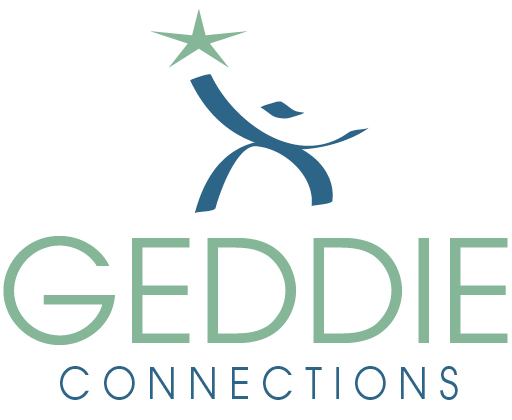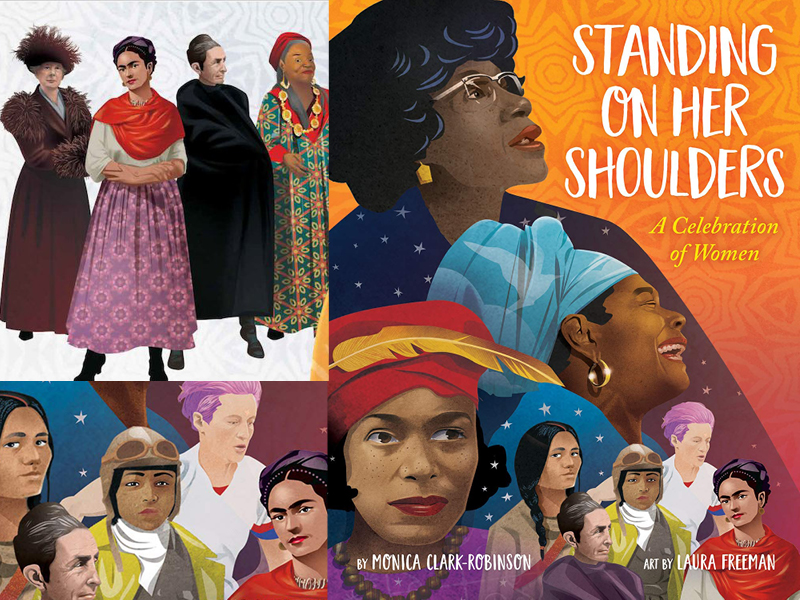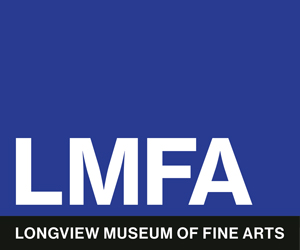The National Women’s History Museum is presenting a virtual reading and follow-along activity for grades K-5 and their grownups as part of their Brave Girls Virtual Storytime series. Author Monica Clark-Robinson reads her book, Standing On Her Shoulders: A Celebration of Women, in this free program taking place from 11 a.m. to 11:45 p.m. CST on March 6. Go HERE to register.
Organizers suggest purchasing a copy of the book or getting one at a local public library to read along. It is a love letter to the important women who shape us — from our own mothers and grandmothers to the legends who paved the way for girls and women everywhere. Standing on Her Shoulders is a celebration of the strong women who influence us — from our mothers, sisters, aunts, and grandmothers to the women who fought for equality and acceptance in the United States. Clark-Robinson’s lyrical text encourages young girls to learn about the powerful and trailblazing women who laid the path for their own lives and empowers them to become role models themselves. Acclaimed illustrator Laura Freeman’s remarkable art showcases a loving intergenerational family and encourages girls to find female heroes in their own lives.
For questions or to request accomodations for the reading such as an ASL interpreter or captioning, email [email protected] at least seven days in advance of the program.
This event follows previous authors reading their “Brave Girls” books which are available to purchase or get from local libraries as well.
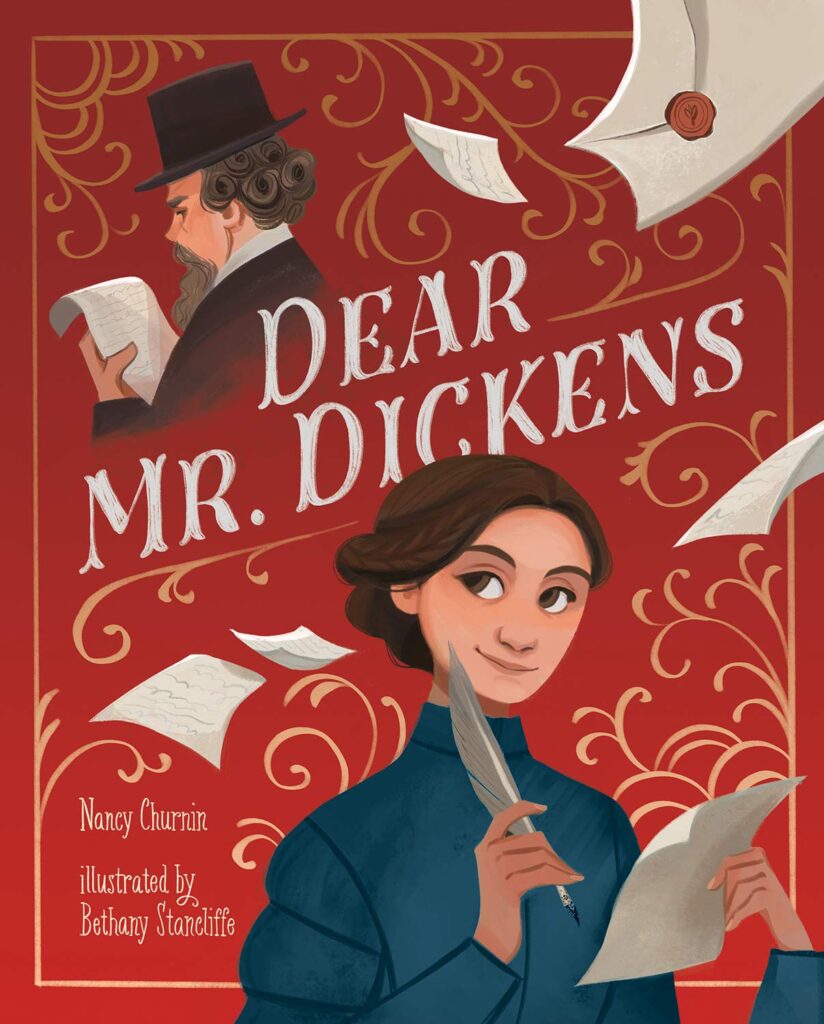
Dallasite Nancy Churnin featured her book, Dear Mr. Dickens wherein Eliza Davis believed in speaking up for what was right. Even if it meant telling Charles Dickens he was wrong. In Eliza Davis’s day, Charles Dickens was the most celebrated living writer in England. But some of his books reflected a prejudice that was all too common at the time: prejudice against Jewish people. Eliza was Jewish, and her heart hurt to see a Jewish character in Oliver Twist portrayed as ugly and selfish. She wanted to speak out about how unfair that was, even if it meant speaking out against the great man himself. So she wrote a letter to Charles Dickens. What happened next is history.
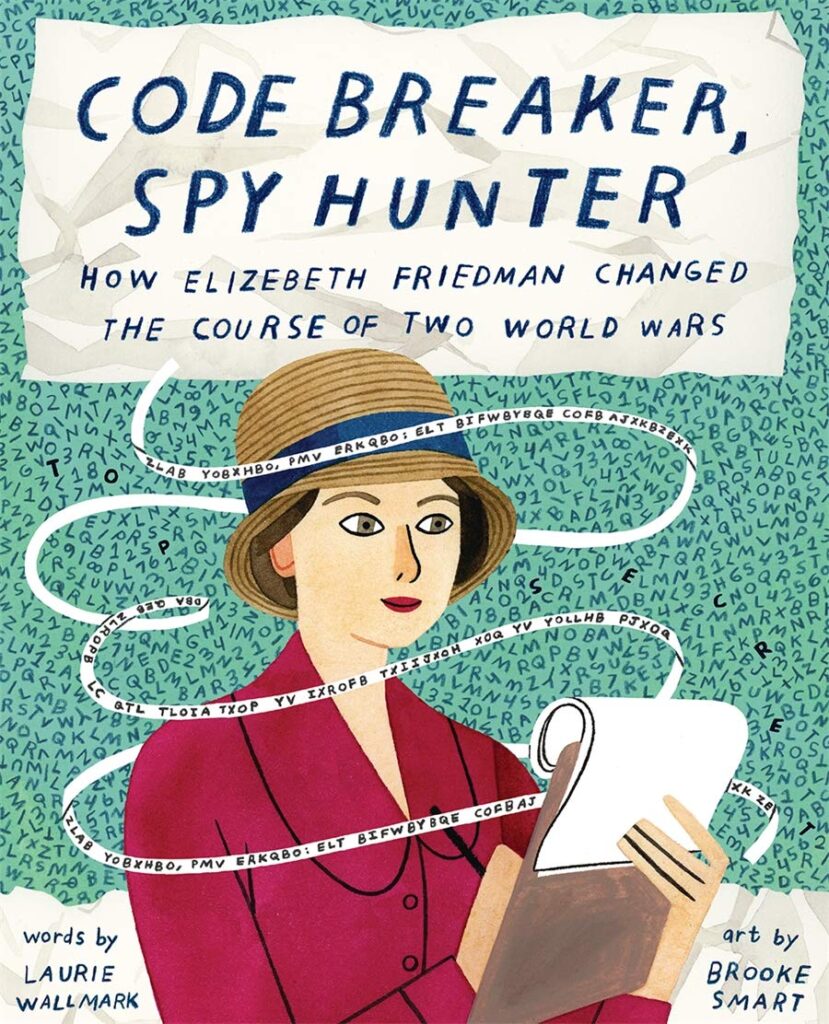
Author Laurie Wallmark presented her book, Code Breaker, Spy Hunter: How Elizebeth Friedman Changed the Course of Two World Wars. In this picture book biography, young readers learn all about Elizebeth Friedman (1892–1980), a brilliant American code breaker who smashed Nazi spy rings, took down gangsters, and created the CIA’s first cryptology unit. Her story came to light when her secret papers were finally declassified in 2015. From thwarting notorious rumrunners with only paper and pencil to “counter-spying into the minds and activities of” Nazis, Friedman held a pivotal role in the early days of US cryptology. No code was too challenging for her to crack, and Friedman’s work undoubtedly saved thousands of lives. Extensive back matter includes explanations of codes and ciphers, further information on cryptology, a bibliography, a timeline of Friedman’s life, plus secret messages for young readers to decode.

Joanne Robertson read her book, The Water Walker, the story of a determined Ojibwe Grandmother (Nokomis) Josephine Mandamin and her great love for Nibi (water). Nokomis walks to raise awareness of our need to protect Nibi for future generations, and for all life on the planet. She, along with other women, men, and youth, have walked around all the Great Lakes from the four salt waters, or oceans, to Lake Superior. The walks are full of challenges, and by her example Mandamin invites us all to take up our responsibility to protect our water, the giver of life, and to protect our planet for all generations.
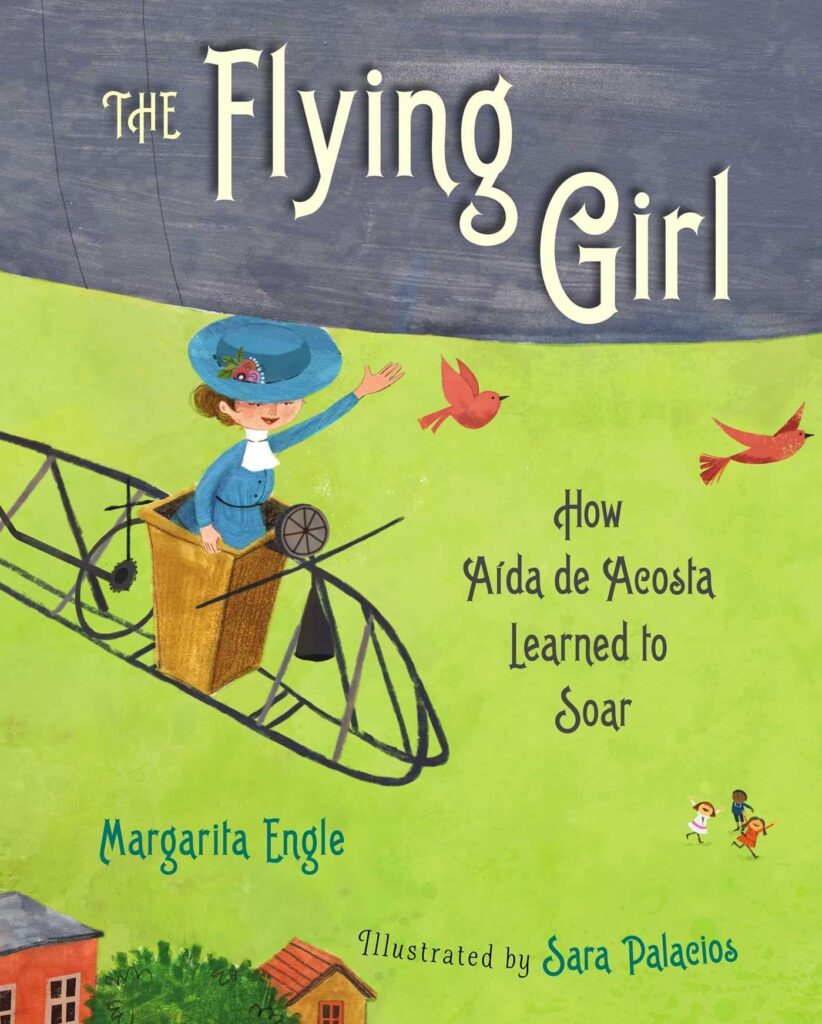
Margarita Engle presented her picture book, The Flying Girl: How Aida de Acosta Learned to Soar, in English and Spanish. The book us filled with soaring words and buoyant illustrations by Sara Palacios of the inspiring true story of Aída de Acosta, the first woman to fly a motorized aircraft. On a lively street in the lovely city of Paris, a girl named Aída glanced up and was dazzled by the sight of an airship. Oh, how she wished she could soar through the sky like that! The inventor of the airship, Alberto, invited Aída to ride with him, but she didn’t want to be a passenger. She wanted to be the pilot. Aída was just a teenager, and no woman or girl had ever flown before. She didn’t let that stop her, though. All she needed was courage and a chance to try.
Founded in 1996, the National Women’s History Museum (NWHM) is an innovative virtual-first museum dedicated to uncovering, interpreting, and celebrating women’s diverse contributions to society. Their vision is world where women’s impact and contributions, past and present, ignite tangible action for gender equality and empowerment.
A renowned leader in women’s history education, the museum brings to life the countless untold stories of women throughout history, and serves as a space for all to inspire, experience, collaborate, and amplify women’s impact—past, present, and future. We strive to fundamentally change the way women and girls see their potential and power.
The NWHM fills in major omissions of women in history books and K-12 education, providing scholarly content and educational programming for teachers, students, and parents. They reach more than five million visitors each year through online content and education programming. The museum is a nonpartisan, nonprofit 501(c)3. Follow them on Facebook, Twitter and Instagram and visit womenshistory.org.
